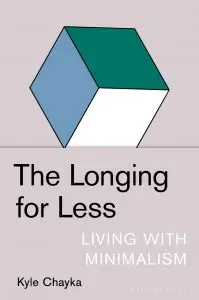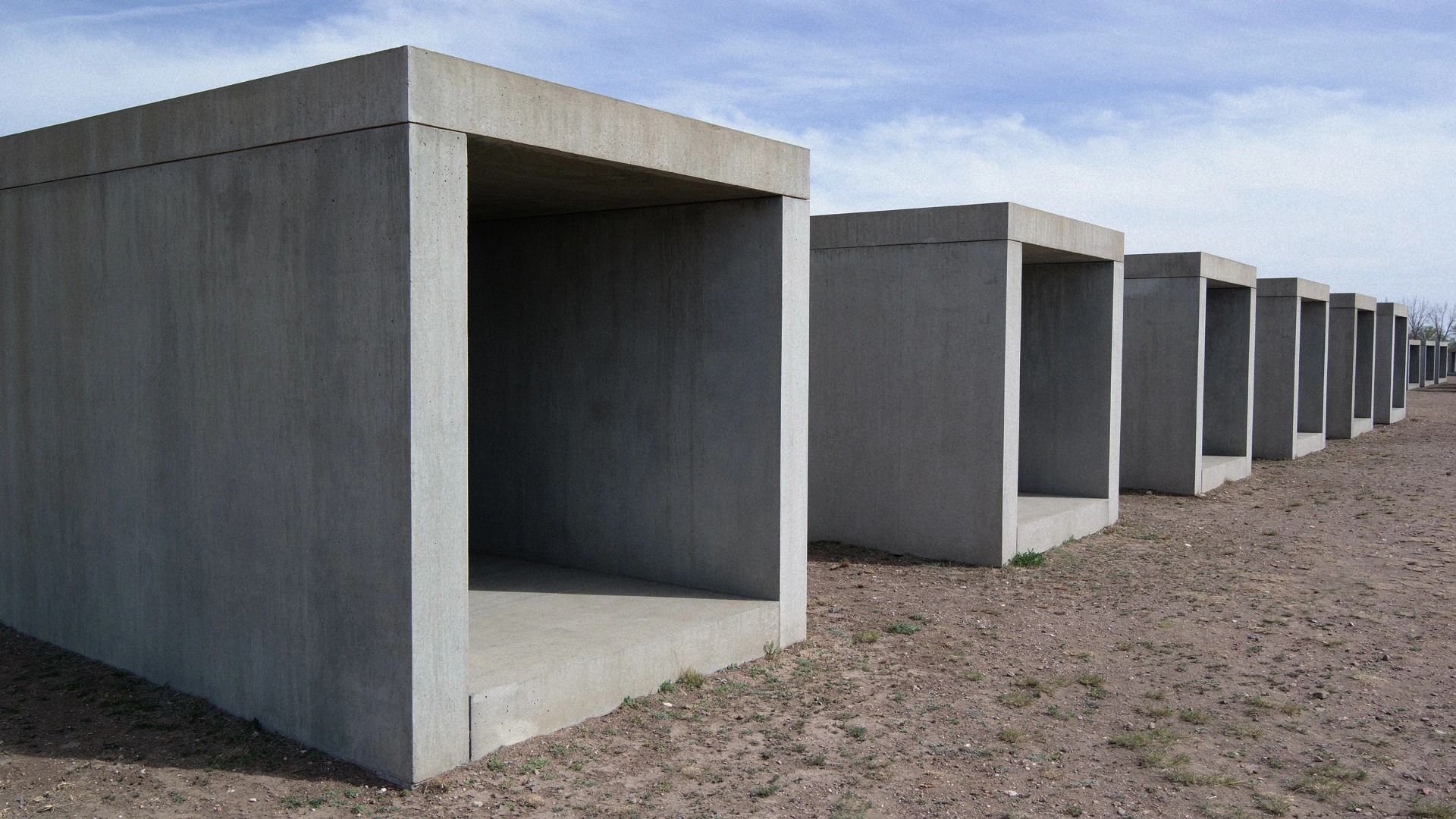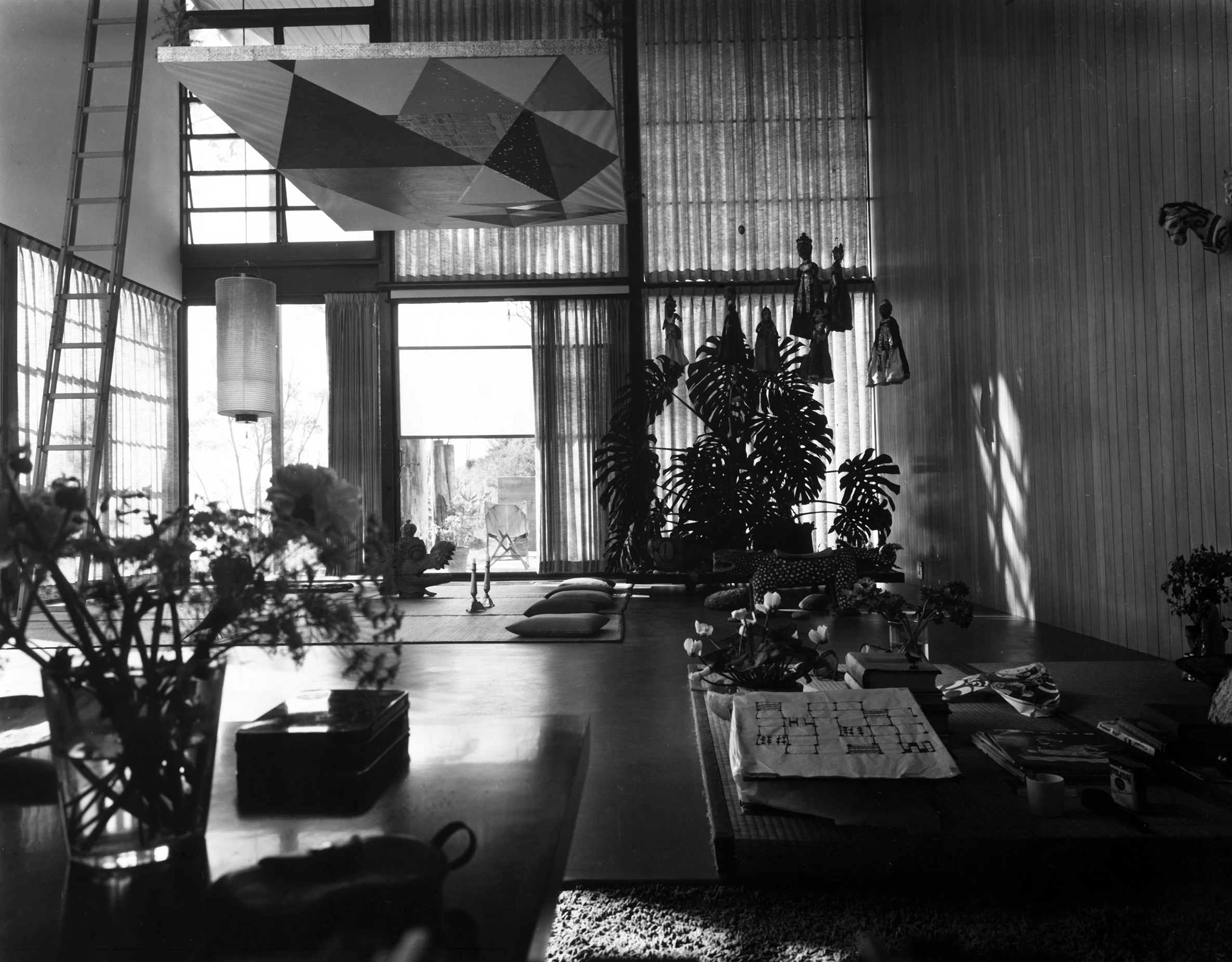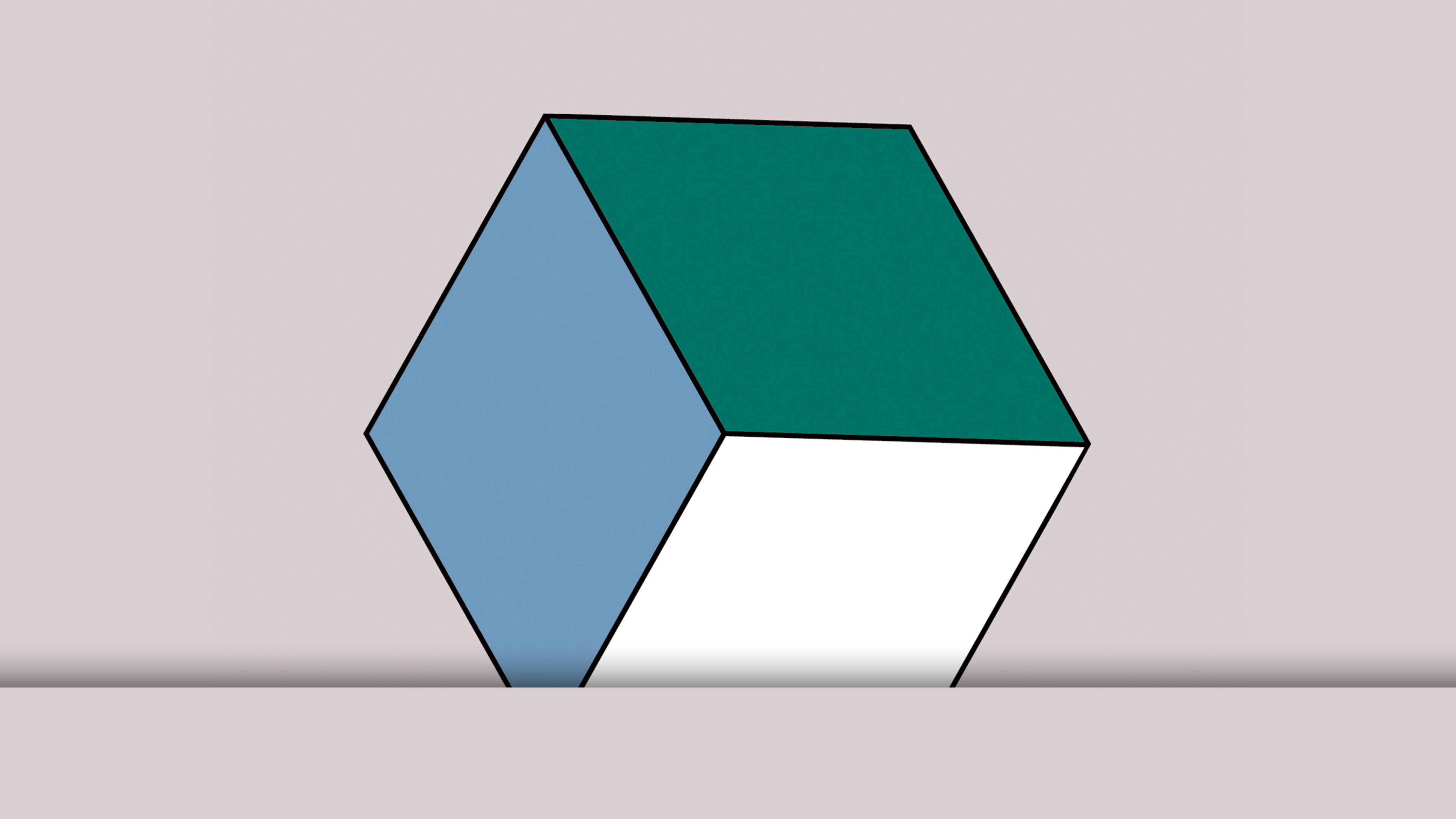It wasn’t that long ago that Instagram was flooded with saturated filters and low-resolution photos. But then the gaudy, maximalist look of the 2000s faded out of style and was replaced with an interest in clean lines and mature color palettes. Seemingly overnight, the platform became an ode to minimalism—filled with interior design and lifestyle posts from influencers anchored by organic, nautilus-shaped forms and eggshell-colored walls. Everything on the grid was carefully curated to be monochromatic, uncluttered, and uniform.

But this loose misinterpretation belies its roots as a decades-old architecture and design philosophy. In his new book, The Longing for Less: Living with Minimalism, out from Bloomsbury January 21, culture critic Kyle Chayka investigates how we’ve veered away from minimalism’s true origins, and converted it into—what can be reduced to—a “look.” Here, Chayka helps dispel the four biggest myths of minimalism.
Minimalism has deeper roots than you think
Minimalism’s recurrence as an idea, in both society and art, reveals the philosophy’s central paradox: It is a quiet celebration of space, but bold in the way its simplicity overwhelms. “In the time right after World War II, minimalism was a popular aesthetic because it’s a perfect, utopian style that everyone can access,” Chayka says in a phone interview. Soon after, in the 1970s, the idea of “simple living” began to take hold, which is the last time eco-conscious consumer practices (less consumption, more self-reliance) were as in vogue as they are today. “I think the internet and social media and the financial crisis is what really caused the super popularity of minimalism this time around,” Chayka says.
Minimalism is not just a trendy style
It’s not difficult to imagine why we, as a society, long for less. Our lives are dominated by dizzying screens, which have forced us to prioritize images over the humanness of real life. “So much of our visual experience is on the internet now. That’s the container of our experience,” Chayka says. “And so it makes sense that the spaces we occupy would be very simple because we spend so much time on our phones.”
In an attempt to counteract the harm technology has done to our ability to focus, rest, and enjoy experiences, people have adopted minimalism as a visual aesthetic. It’s blank, inoffensive, natural. It’s even been marketed as a form of self-help.

But according to Chayka, “minimalism is about experiencing the world directly and engaging with your surroundings.” Consider Agnes Martin’s austere canvases or Donald Judd’s spacious constructions in Marfa, Texas. In architecture, minimalism has roots in Japan, where “there’s a real interest in very refined textures and creating experiences with light and shadow—an architecture of ephemerality that modernism doesn’t really have,” Chayka says. In short, there was once a spirituality to minimalism that has been lost in its current expression. “The style now seems more like numbing yourself and creating a protective environment,” Chayka says.
Minimalism is not morally superior
Minimalism these days has an aura of moral superiority. “Minimalism has always been associated with moral purity or a sense of existing outside of society, whether that’s during the midcentury modern movement or the Voluntary Simplicity Movement of the ’70s,” Chayka says. “The problem with luxury minimalism today is that the style is associated with moral purity and outsiderness but it’s being adopted by the most insider people possible—wealthy women and tech billionaires. The style of minimalism [we see today] is a reality that’s not very minimal at all.” Clearing out one’s home for the sake of more space is not radical if there’s a financial safety net in place to buy it all back again, if one should so choose. (Steve Jobs’s uniform of black turtlenecks and jeans was not minimalist as much as it was a decision to not be burdened with variety.) So the suggestion that someone owning fewer objects is healthier and more put-together overlooks the fact that participating in the trend is less about the inward journey than it is about appearances. Nothing morally superior about that.

Minimalism is not a commodity
Today’s Instagram-ready minimalism couldn’t have been born anywhere other than in the United States. “I think the commodification of minimalism has been very American,” Chayka says. “The idea of an entirely minimalist lifestyle is deeply American . . . we consume everything to excess, even minimalism.” Home organization entrepreneur Marie Kondo seems to have tapped into this American Achilles’ heel; her pivot to selling home goods reflects a genius awareness that consumers are eager to buy objects that represent an ideology, even though they are a shallow appropriation of it. This makes minimalism’s success on Instagram plain, too; it is now an element deeply embedded into a platform that has become synonymous with a certain brand of conspicuous consumption.

What’s next
Sometime soon, the minimalism trend will likely slip out of the mainstream consciousness again, just as it has in the past. “I think we’ve hit peak minimalism and [are now moving] past it . . . minimalism is a trend and a style and it comes and goes in waves. We start obsessing over it and then find out that it doesn’t solve our problems,” Chayka says. For most people, minimalism is simply not a realistic lifestyle, because the very structure of our capitalist society relies on constant consumption and an attitude of overindulgence. To put it simply, minimalism—as it exists in the culture today—is a privilege. “It’s the difference between an Apple Store and a Zen temple,” Chayka says. “The Apple Store never changes—there’s perfectly clean glass and steel and empty space. But if you think of the rock garden in the Zen temple, it’s always changing and moving with time . . . it’s more interesting and sustainable than creating something that never changes.”
Buy The Longing for Less: Living with Minimalism, by Kyle Chayka, designed by Tree Abraham, Elizabeth Van Itallie, Mia Kwon, and Patti Ratchford for Bloomsbury on Amazon.
Recognize your brand’s excellence by applying to this year’s Brands That Matter Awards before the early-rate deadline, May 3.
